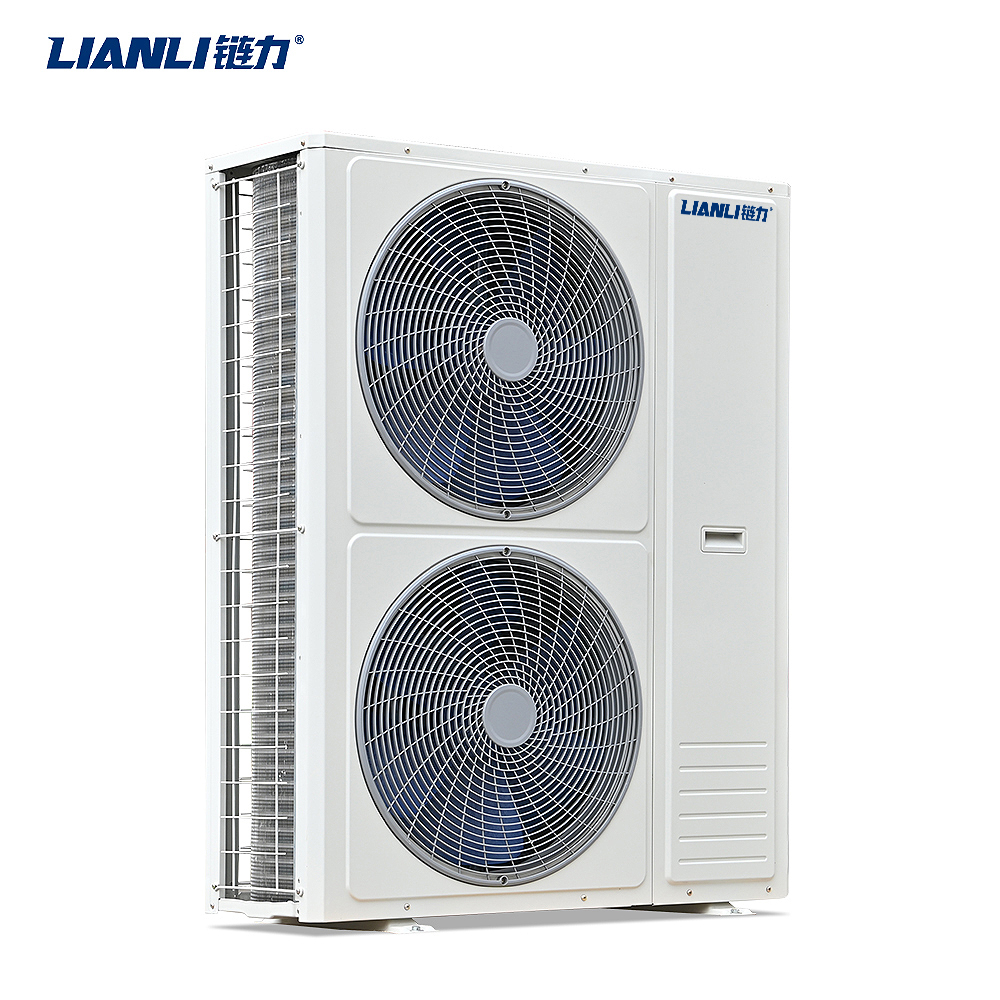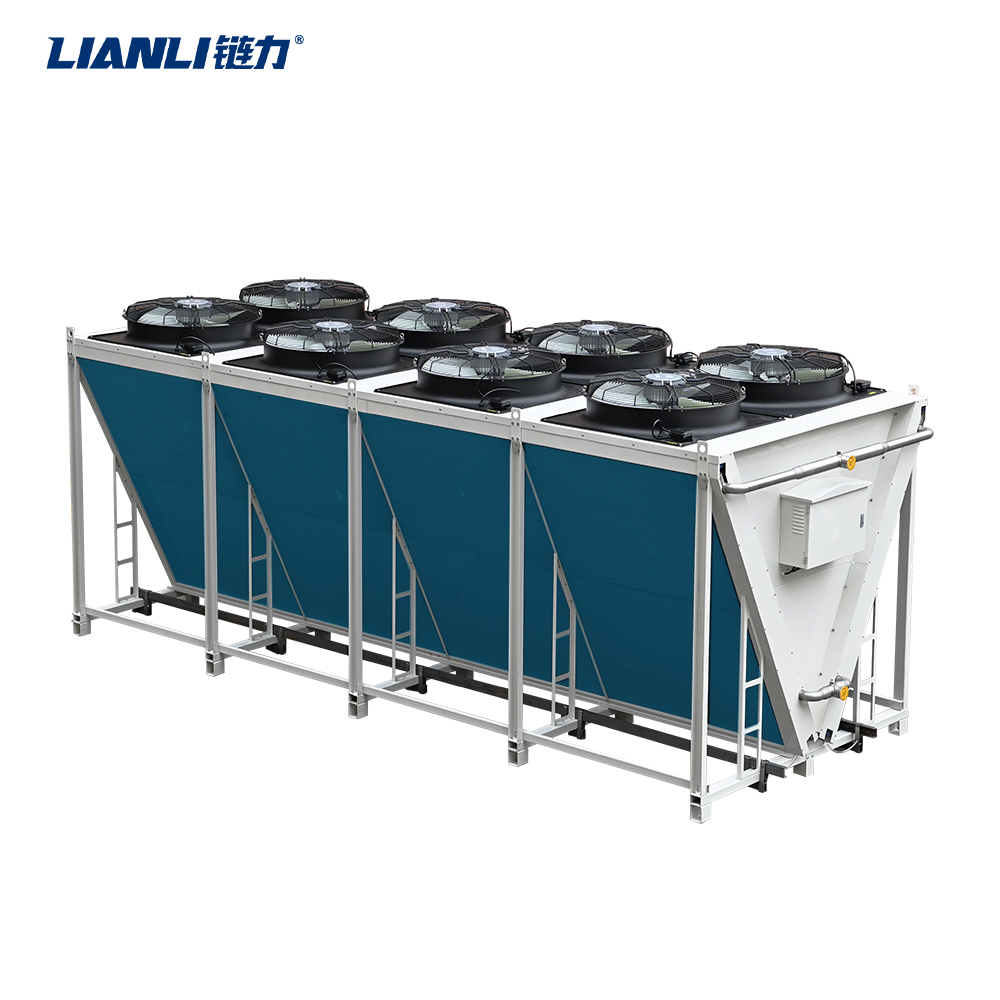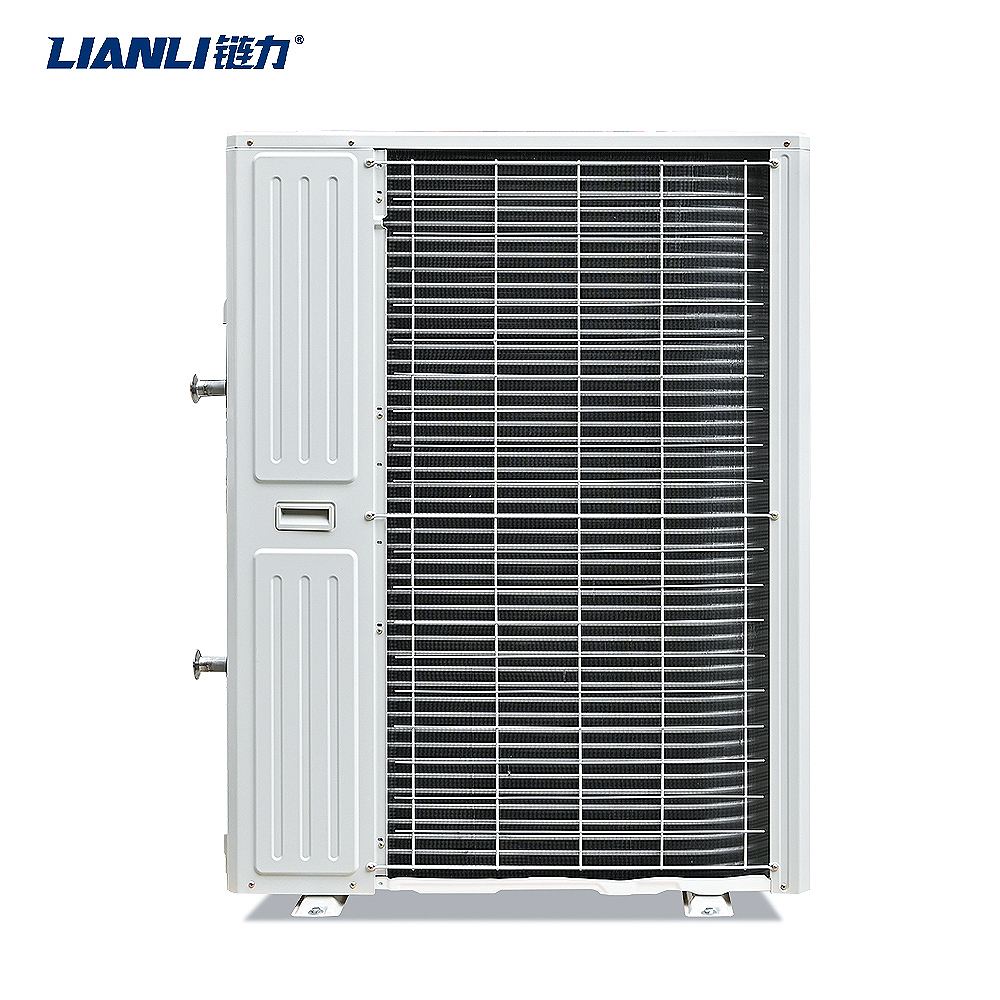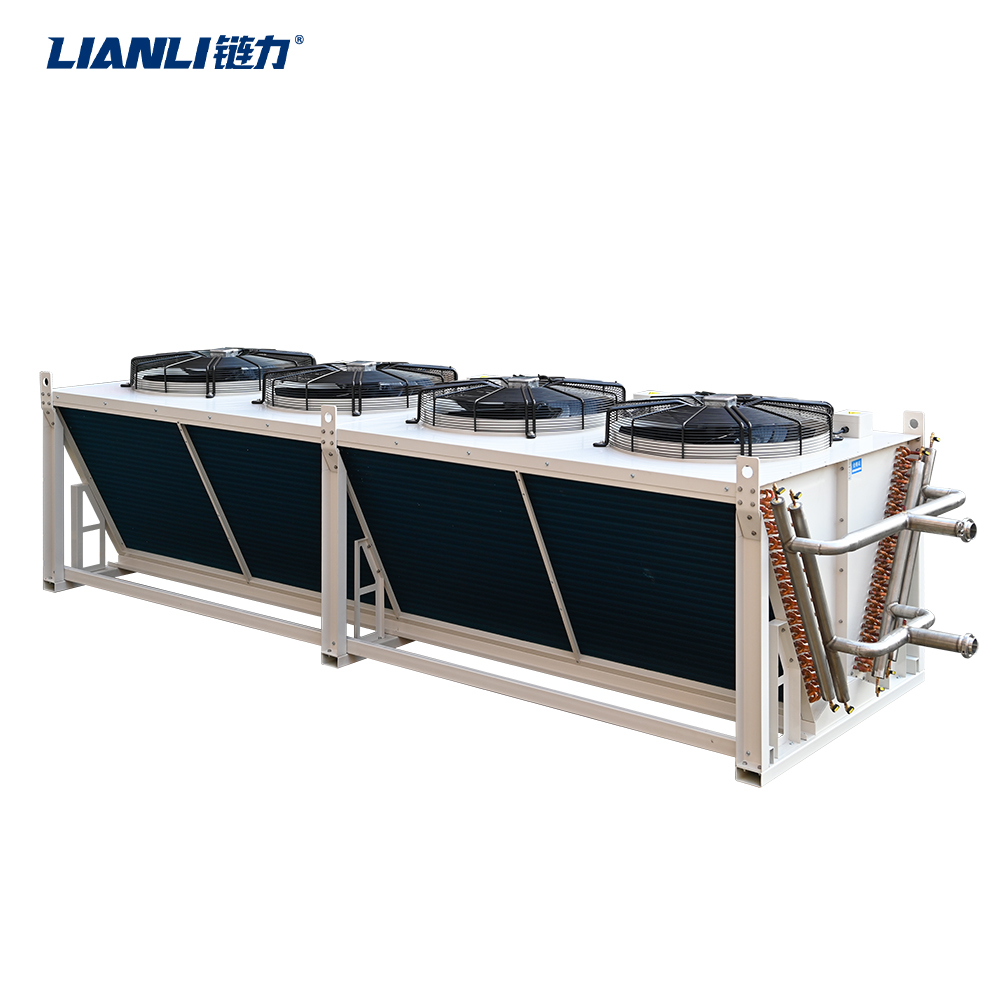Miner S21e Hyd.: How to Prevent Corrosion in Mining Water Cooling .Systems
Water cooling systems are essential for maintaining the efficiency and longevity of mining hardware, particularly high-performance ASIC miners like the Miner S21e Hyd. These systems dissipate the immense heat generated during cryptocurrency mining, ensuring stable operation and preventing thermal throttling or hardware damage. However, a significant challenge in water cooling is preventing corrosion within the system, which can lead to reduced cooling efficiency, leaks, and ultimately, costly equipment failure. This article focuses on effective strategies to prevent corrosion, specifically addressing the needs of systems like the Miner S21e Hyd.
Understanding Corrosion in Miner S21e Hyd. Water Cooling Loops
Corrosion in a water cooling loop occurs when metal components react with water and dissolved oxygen, leading to oxidation and material degradation. In a Miner S21e Hyd. setup, common metals include copper (often used in water blocks and radiators), nickel (used in plating), and aluminum (sometimes found in pumps or radiators). When dissimilar metals are connected within the same loop, galvanic corrosion becomes a risk. This electrochemical process accelerates the deterioration of the less noble metal. For instance, pairing aluminum with copper in the Miner S21e Hyd. system can be particularly problematic.
Choosing the Right Coolant for Your Miner S21e Hyd. System


 The foundation of corrosion prevention is using the correct coolant. Never use plain tap water, as it contains minerals and ions that promote corrosion and foster biological growth (like algae). Instead, always use high-purity deionized (DI) or distilled water as the base. However, pure water is slightly conductive and can still contribute to corrosion over time.
To combat this, specialized water cooling fluids are formulated with corrosion inhibitors. These additives create a protective layer on metal surfaces, significantly slowing down the oxidation process. When selecting a coolant for your Miner S21e Hyd., ensure it is compatible with all the metals present in your loop (copper, nickel, aluminum, brass, etc.). Look for coolants explicitly labeled as non-conductive and containing corrosion inhibitors suitable for mixed-metal loops.
Maintaining Optimal Water Quality in the Miner S21e Hyd. Loop
Regular maintenance is crucial. Over time, corrosion inhibitors deplete, and biological contaminants can build up. It is recommended to flush and refill the entire Miner S21e Hyd. water cooling loop with fresh coolant every 6 to 12 months, depending on the specific product used and environmental conditions. During maintenance, inspect all components for signs of corrosion, such as discoloration, pitting, or greenish deposits (verdigris on copper). Replace any affected parts immediately.
Preventing Galvanic Corrosion in Miner S21e Hyd. Setups
To minimize the risk of galvanic corrosion:
The foundation of corrosion prevention is using the correct coolant. Never use plain tap water, as it contains minerals and ions that promote corrosion and foster biological growth (like algae). Instead, always use high-purity deionized (DI) or distilled water as the base. However, pure water is slightly conductive and can still contribute to corrosion over time.
To combat this, specialized water cooling fluids are formulated with corrosion inhibitors. These additives create a protective layer on metal surfaces, significantly slowing down the oxidation process. When selecting a coolant for your Miner S21e Hyd., ensure it is compatible with all the metals present in your loop (copper, nickel, aluminum, brass, etc.). Look for coolants explicitly labeled as non-conductive and containing corrosion inhibitors suitable for mixed-metal loops.
Maintaining Optimal Water Quality in the Miner S21e Hyd. Loop
Regular maintenance is crucial. Over time, corrosion inhibitors deplete, and biological contaminants can build up. It is recommended to flush and refill the entire Miner S21e Hyd. water cooling loop with fresh coolant every 6 to 12 months, depending on the specific product used and environmental conditions. During maintenance, inspect all components for signs of corrosion, such as discoloration, pitting, or greenish deposits (verdigris on copper). Replace any affected parts immediately.
Preventing Galvanic Corrosion in Miner S21e Hyd. Setups
To minimize the risk of galvanic corrosion:


 The foundation of corrosion prevention is using the correct coolant. Never use plain tap water, as it contains minerals and ions that promote corrosion and foster biological growth (like algae). Instead, always use high-purity deionized (DI) or distilled water as the base. However, pure water is slightly conductive and can still contribute to corrosion over time.
To combat this, specialized water cooling fluids are formulated with corrosion inhibitors. These additives create a protective layer on metal surfaces, significantly slowing down the oxidation process. When selecting a coolant for your Miner S21e Hyd., ensure it is compatible with all the metals present in your loop (copper, nickel, aluminum, brass, etc.). Look for coolants explicitly labeled as non-conductive and containing corrosion inhibitors suitable for mixed-metal loops.
Maintaining Optimal Water Quality in the Miner S21e Hyd. Loop
Regular maintenance is crucial. Over time, corrosion inhibitors deplete, and biological contaminants can build up. It is recommended to flush and refill the entire Miner S21e Hyd. water cooling loop with fresh coolant every 6 to 12 months, depending on the specific product used and environmental conditions. During maintenance, inspect all components for signs of corrosion, such as discoloration, pitting, or greenish deposits (verdigris on copper). Replace any affected parts immediately.
Preventing Galvanic Corrosion in Miner S21e Hyd. Setups
To minimize the risk of galvanic corrosion:
The foundation of corrosion prevention is using the correct coolant. Never use plain tap water, as it contains minerals and ions that promote corrosion and foster biological growth (like algae). Instead, always use high-purity deionized (DI) or distilled water as the base. However, pure water is slightly conductive and can still contribute to corrosion over time.
To combat this, specialized water cooling fluids are formulated with corrosion inhibitors. These additives create a protective layer on metal surfaces, significantly slowing down the oxidation process. When selecting a coolant for your Miner S21e Hyd., ensure it is compatible with all the metals present in your loop (copper, nickel, aluminum, brass, etc.). Look for coolants explicitly labeled as non-conductive and containing corrosion inhibitors suitable for mixed-metal loops.
Maintaining Optimal Water Quality in the Miner S21e Hyd. Loop
Regular maintenance is crucial. Over time, corrosion inhibitors deplete, and biological contaminants can build up. It is recommended to flush and refill the entire Miner S21e Hyd. water cooling loop with fresh coolant every 6 to 12 months, depending on the specific product used and environmental conditions. During maintenance, inspect all components for signs of corrosion, such as discoloration, pitting, or greenish deposits (verdigris on copper). Replace any affected parts immediately.
Preventing Galvanic Corrosion in Miner S21e Hyd. Setups
To minimize the risk of galvanic corrosion:
- Avoid Mixing Dissimilar Metals: Design your Miner S21e Hyd. loop using components made from the same metal whenever possible (e.g., all copper or all nickel-plated). If mixing metals is unavoidable, ensure the coolant contains effective galvanic corrosion inhibitors.
- Use Dielectric Unions: These fittings incorporate a plastic or rubber barrier between metal components, electrically isolating them and preventing the galvanic reaction.
- Maintain a Balanced pH: The coolant’s pH should be neutral (around 7). Highly acidic or alkaline coolants can accelerate corrosion. Some inhibitors help stabilize pH.
- Bleed Air: Ensure all air is purged from the loop during filling, as trapped air pockets can create localized corrosion sites.
- Use Quality Components: Invest in high-quality tubing, fittings, and reservoirs designed for water cooling to minimize potential failure points.
- Monitor Regularly: Keep an eye on coolant color and clarity. Cloudy or discolored fluid is a sign of contamination or inhibitor breakdown.





